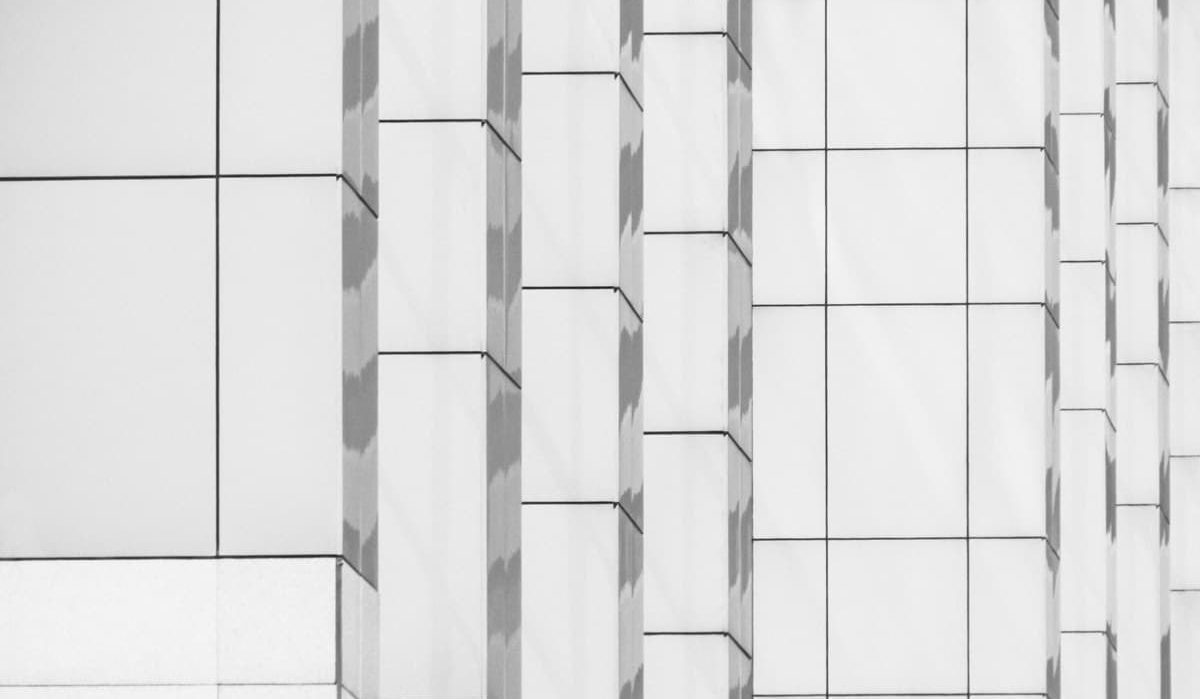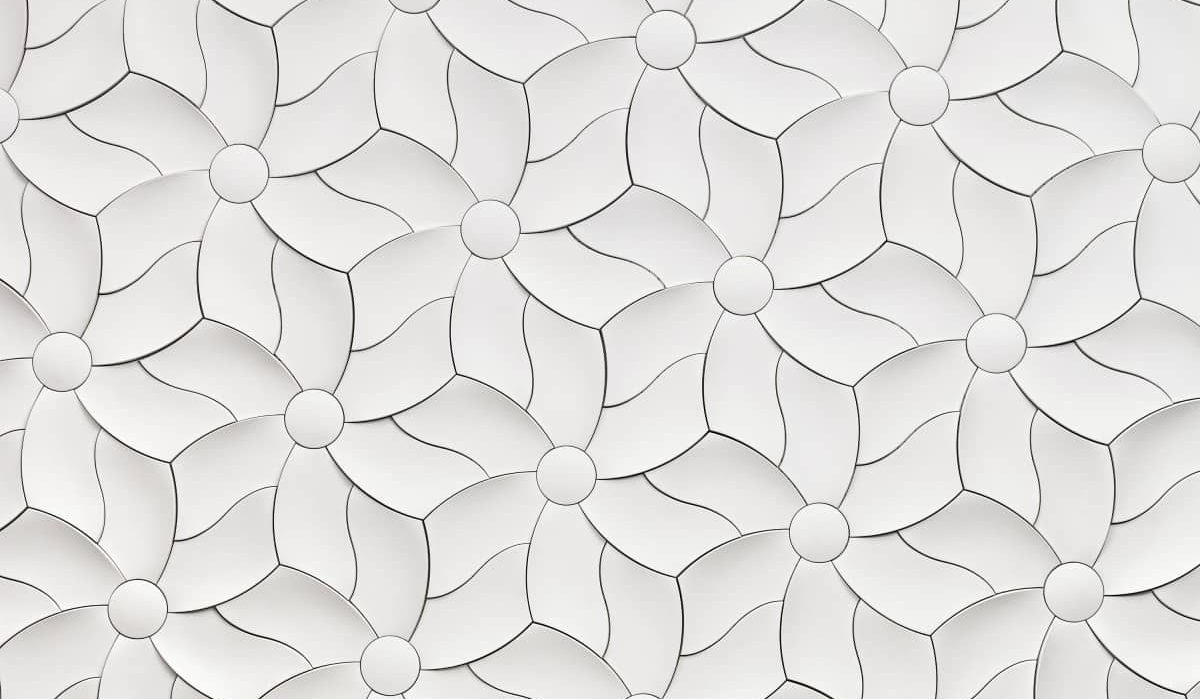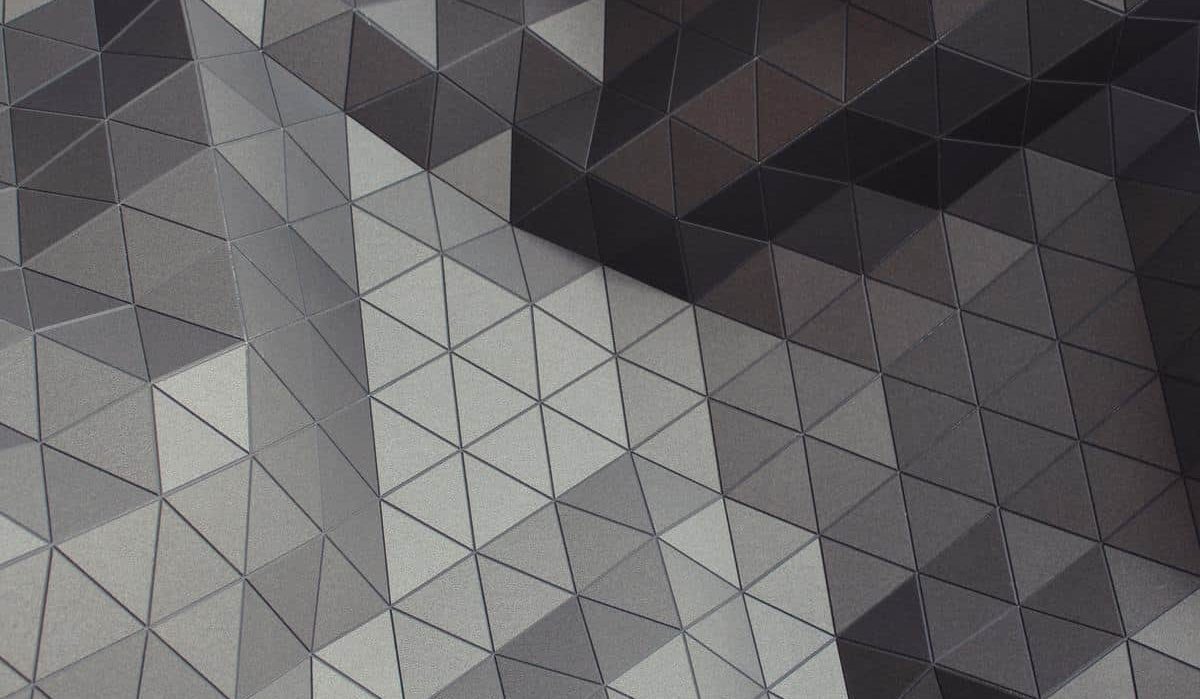Prior to ordering and installing modular tiles ensure the tiles are suitable for the right pattern. If not fitting yourself make sure your tiler is familiar with fixing modular tile sets and that you fully discuss your requirements and expectations. A wastage factor should be taken into account for each project prior to ordering. This is normally a minimum of 10%-15% which should allow for cuts and any minor tile imperfections. For installing the modular tile patterns Keep everything meticulously clean and orderly as work progresses. No complaints regarding the appearance of the product will be accepted by The Stone and tile company. Natural Stone Tiles - Select your modular tile surface finish. The perfect choice for high-traffic areas of the home such as entrance halls, utilities, kitchens, and conservatories. Slate is a natural riven finish that can provide excellent slip resistance, so perfect for any area of the home where additional slip resistance is required. Riven stones are very rustic in nature with contrasting depths within the surface of the tile, so not usually recommended for barefoot traffic. Brushed - Has a unique soft riven surface, which is achieved by gently machining the top of the tile, resulting in a sleeker, contemporary effect that is perfect for all areas of the home.  Perfect for barefoot traffic so we also recommend this finish for bathroom areas. If you have queries regarding the suitability of a stone, please contact one of our team who will be pleased to advise you prior to purchasing. Calibration: Un-calibrated tiles: are not processed through a machine which means they have a naturally riven surface on both sides of the tile. Calibrated tiles: have the riven surface removed from one side of the tile creating a flatter surface on which to fit. Riven Stones: there may be some slight layers still to the back of the tile after calibration owing to the nature of the riven stone. You will still find small variations of thickness from tile to tile so riven stones will still require a degree of grading owing to the dimensional tolerance. Brushed & Honed stones: are processed through a calibration machine a number of times to create their beautiful, authentic finishes so have flatter machined back with smaller tolerances from tile to tile. We suggest referring to the 'specification' section of each product for thickness tolerances prior to ordering. Surface Preparation: Check your substrate’s suitability for tiling before proceeding. The surface must be properly prepared, suitably level, sound, clean, dry, and free of dust, grease, or any loose material. All surfaces must be completely secure without any obvious deflection and capable of carrying the additional load. Please refer to further substrate information on our General Installation Guide.
Perfect for barefoot traffic so we also recommend this finish for bathroom areas. If you have queries regarding the suitability of a stone, please contact one of our team who will be pleased to advise you prior to purchasing. Calibration: Un-calibrated tiles: are not processed through a machine which means they have a naturally riven surface on both sides of the tile. Calibrated tiles: have the riven surface removed from one side of the tile creating a flatter surface on which to fit. Riven Stones: there may be some slight layers still to the back of the tile after calibration owing to the nature of the riven stone. You will still find small variations of thickness from tile to tile so riven stones will still require a degree of grading owing to the dimensional tolerance. Brushed & Honed stones: are processed through a calibration machine a number of times to create their beautiful, authentic finishes so have flatter machined back with smaller tolerances from tile to tile. We suggest referring to the 'specification' section of each product for thickness tolerances prior to ordering. Surface Preparation: Check your substrate’s suitability for tiling before proceeding. The surface must be properly prepared, suitably level, sound, clean, dry, and free of dust, grease, or any loose material. All surfaces must be completely secure without any obvious deflection and capable of carrying the additional load. Please refer to further substrate information on our General Installation Guide.  Underfloor Heating: Natural Stone tiles actually retain heat so you'll find tiling with them an affordable solution and such a great way to add that extra element of luxury. A cement-based tile adhesive is recommended with Natural Stone tiles so you may need to check if your substrate requires sealing prior to fitting. Grading: modular tile patterns will require grading for thickness prior to installation, this will mean opening all crates or pallets of materials supplied. Please refer to the nominal dimensions listed for your chosen product as variation in size and thickness can occur. Once graded select the thicker tiles as these will dictate the floor level and should be installed first. Grading can be easily done by eye and once completed you can commence tiling with the thickest first and ‘bedding up’ your adhesive as required as you work to the edges of your project so as to create a flat finish with no raised edges from tile to tile. Dry Laying: Laying out your tiles before fixing will also ensure you get a good mix of color shades across the area too as all-natural stones will have a certain degree of natural color variation. Each of our stones has slight, moderate, or highly varied details on our website for your reference.
Underfloor Heating: Natural Stone tiles actually retain heat so you'll find tiling with them an affordable solution and such a great way to add that extra element of luxury. A cement-based tile adhesive is recommended with Natural Stone tiles so you may need to check if your substrate requires sealing prior to fitting. Grading: modular tile patterns will require grading for thickness prior to installation, this will mean opening all crates or pallets of materials supplied. Please refer to the nominal dimensions listed for your chosen product as variation in size and thickness can occur. Once graded select the thicker tiles as these will dictate the floor level and should be installed first. Grading can be easily done by eye and once completed you can commence tiling with the thickest first and ‘bedding up’ your adhesive as required as you work to the edges of your project so as to create a flat finish with no raised edges from tile to tile. Dry Laying: Laying out your tiles before fixing will also ensure you get a good mix of color shades across the area too as all-natural stones will have a certain degree of natural color variation. Each of our stones has slight, moderate, or highly varied details on our website for your reference.  Planning: The pattern guide supplied is a suggested fitting pattern, as the tiles have dimensional tolerance it is required that you flex your grout widths accordingly to accommodate the size differences. The beauty of a modular pattern is its bespoke nature and rustic effect. Tiling should also start from the center of the room and tiles should be dry laid first to avoid any unsightly cuts and to determine the optimum grout width for your product. Grout Widths: We recommend between 6mm-10mm for Modular Sets to allow for any dimensional tolerance and movement of the tiles. It is not possible to ‘butt-joint’ stone tiles. The rustic nature of natural stone tiles means that these subtle differences in the grout just blend in seamlessly when grouted. Modular Set Tile Pattern Guide. Tile Pattern 4 - Modular Set - Repeating two full sets. Cutting: Prepare all your cuts after dry laying and prior to fixing. The design and quality of the cutting tool selected will always determine how successful the cut through the tile will be. We recommend a Wet Tile Saw. Fixing: Natural Stone tiles must be solidly bedded; cement-based tile adhesives are the most appropriate for this method.
Planning: The pattern guide supplied is a suggested fitting pattern, as the tiles have dimensional tolerance it is required that you flex your grout widths accordingly to accommodate the size differences. The beauty of a modular pattern is its bespoke nature and rustic effect. Tiling should also start from the center of the room and tiles should be dry laid first to avoid any unsightly cuts and to determine the optimum grout width for your product. Grout Widths: We recommend between 6mm-10mm for Modular Sets to allow for any dimensional tolerance and movement of the tiles. It is not possible to ‘butt-joint’ stone tiles. The rustic nature of natural stone tiles means that these subtle differences in the grout just blend in seamlessly when grouted. Modular Set Tile Pattern Guide. Tile Pattern 4 - Modular Set - Repeating two full sets. Cutting: Prepare all your cuts after dry laying and prior to fixing. The design and quality of the cutting tool selected will always determine how successful the cut through the tile will be. We recommend a Wet Tile Saw. Fixing: Natural Stone tiles must be solidly bedded; cement-based tile adhesives are the most appropriate for this method.  Using a suitable notched trowel apply the adhesive onto the substrate, spreading only enough adhesive that remains workable. Take the flat side of the trowel and smooth over the adhesive to produce a uniform, ridge-free bed. We also recommend ‘back buttering’ each tile so you achieve a strong bond with the whole tile. Grouting: We recommend using a flexible grout that is suitable for all areas of the home or commercial environment and it’s specifically designed for areas where movement or vibration is likely. ‘Slurry’ grouting with the appropriate color of Wall & Floor Grout is necessary with unfilled travertine and some limestone in order to fill naturally occurring pits and crevices. Grouting Process: After fitting your stone we advise grouting a small area at a time, especially with a riven stone as dried grout can be difficult to remove. When removing the grout residue, keep your water clean to avoid further distribution of the grout residue. If you continue to have a cloudy appearance on your tiles.
Using a suitable notched trowel apply the adhesive onto the substrate, spreading only enough adhesive that remains workable. Take the flat side of the trowel and smooth over the adhesive to produce a uniform, ridge-free bed. We also recommend ‘back buttering’ each tile so you achieve a strong bond with the whole tile. Grouting: We recommend using a flexible grout that is suitable for all areas of the home or commercial environment and it’s specifically designed for areas where movement or vibration is likely. ‘Slurry’ grouting with the appropriate color of Wall & Floor Grout is necessary with unfilled travertine and some limestone in order to fill naturally occurring pits and crevices. Grouting Process: After fitting your stone we advise grouting a small area at a time, especially with a riven stone as dried grout can be difficult to remove. When removing the grout residue, keep your water clean to avoid further distribution of the grout residue. If you continue to have a cloudy appearance on your tiles.
💰 Tenfold your income 💎
